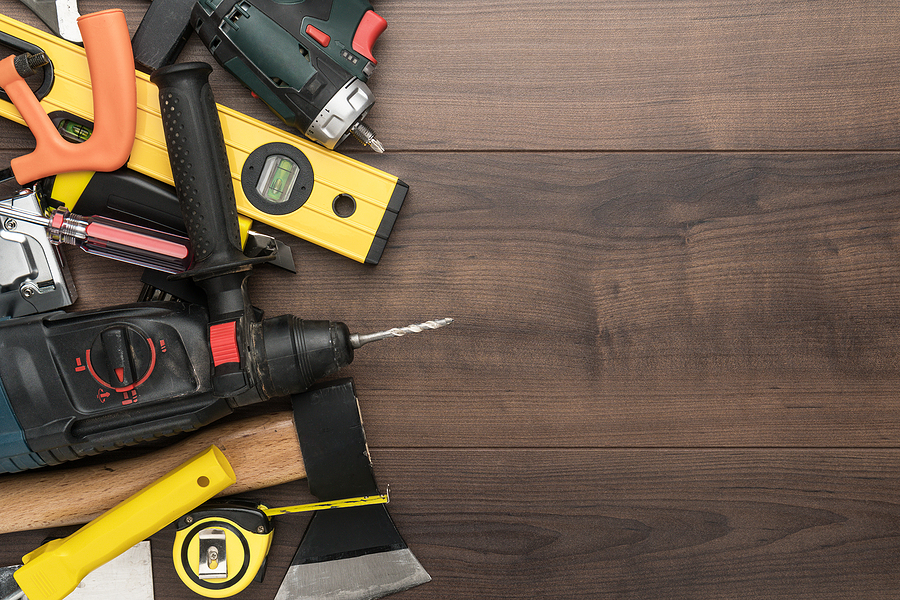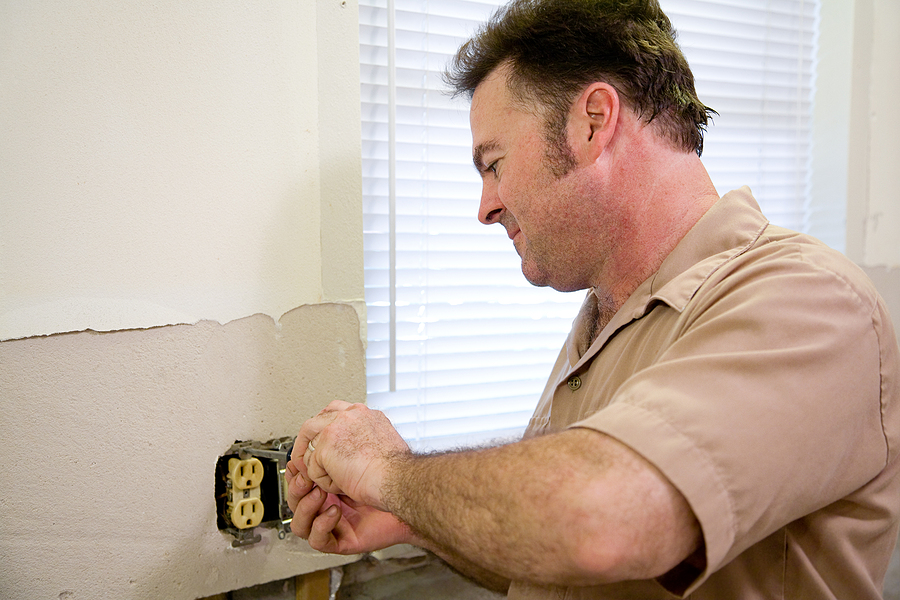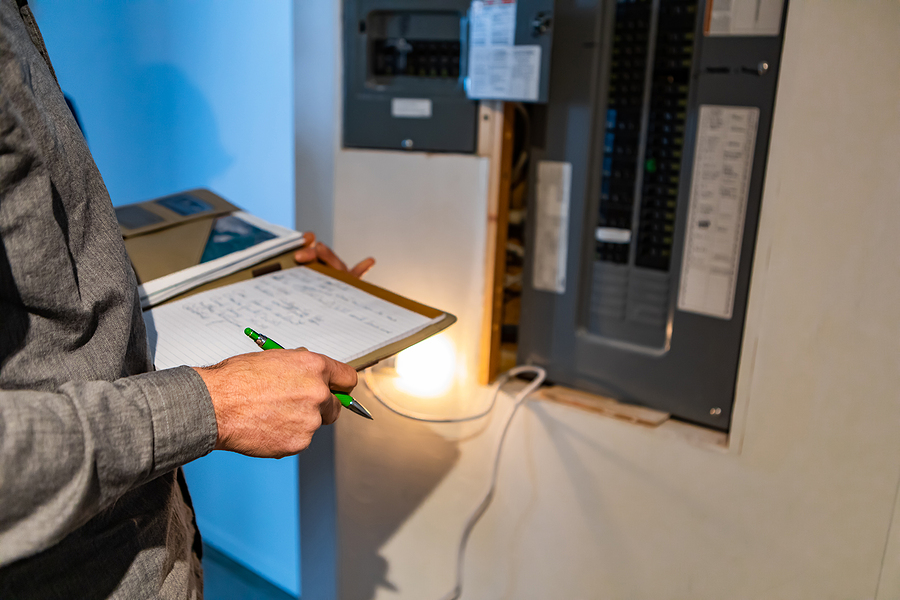Welding is a process that involves the joining of materials, usually metals or thermoplastics. The process mainly involves the use of high heat in melting the different parts and joining them together. After that, they are allowed to cool in order for them to fuse together.
Due to the involvement of heat in the process, there are a number of safety hazards that could come about which should be avoided. They could affect those working at the site or even those who are in the vicinity. They include:
- Electric shock
Welding machines involves use of live electrical circuits in the creation of molten metal. As such, it poses a serious hazard to the welders. A hazard that could cause serious injuries and in extreme cases, even death as one could experience an electric shock. The welder could possibly touch metal objects with voltage between them. They then become part of the electric circuit. The risk is significantly higher if you work in damp conditions or if your clothes are wet while you are working. It is also more risky if your work environment is cramped and you need to lie, kneel or crouch to be able to carry out your welding tasks.
To avoid this, welders should wear appropriate footwear that provides insulation from the ground. They should also avoid touching metals or the electrode with their bare skin or clothing. As such, they should make good use of dry gloves so that they do not experience secondary shock. They also need to see to it that the electrode holder is thoroughly inspected for damage to the insulation so that repairs can be done before welding starts. Also make sure that only qualified welding personnel handle welding equipment.
- Fire explosions
This is another hazard welding personnel face owing to the combination of extreme temperatures of welding arcs, UV rays as well as the molten metal used in welding works. These could cause severe burns that could affect the skin or even the eyes.
To avoid such occurrences, welders should make sure there are no flammable materials within their work area whether solid, liquid or in gas form. They could also incorporate additional fire prevention systems. Fire extinguishers or fire hoses should also be within reach and regularly checked. But in spite of this job’s hazardous nature, we have seen an increasing preference towards it. If you are interested in this field, you can also learn more about it on the internet and also join various courses on how to become a welder.
- Injuries from insufficient PPEs
Welding being a hazardous job requires the workers to have adequate personal protective equipment (PPEs). These keep the welders safe from injuries and burns. They also protect them from arc ray exposure therefore, when these PPEs are inadequate, they are at risk.
Welders should always make sure they are wearing safety clothing that is resistant to flames. They need to have the best welding helmet worn alongside safety goggles. This protective gear should be durable and good enough to allow them to move freely so that they can work well. The protective gear should also completely cover their skin. These PPEs should also be leather and flame resistant and the welders are advised to wear pants over their safety boots, not forgetting to wear gloves as well.
Visit MIRA Safety to find other personal protective equipment.
- Exposure to hazardous fumes and gases
During the welding process the welder is exposed to invisible gases that produce harmful fumes such as nitrogen oxide, carbon monoxide, nickel oxide and chromium, among others. These could penetrate into your lungs and cause severe damage. They could lead to conditions such as pneumonia, occupational asthma, and cancer or throat irritation. The damage is highly dependent on how long your exposure to the gas was and its concentration.
These can be avoided through working in welding places with sufficient ventilation. The place needs to have some exhaust control. Examples of these include: exhaust hoods, fans or an exhaust system. While working, the welders should make sure their heads are away from the fumes. In the event these fumes are at a higher concentration or exposure is more, they should be allowed to wear respirators. Supervisors at these sites should ensure ventilation and exhaust systems are regularly checked.
- Noise pollution or noise hazard
Noise is inevitable when it comes to welding activities. Examples of such include: flame cutting, air arc gouging, among others. The worst part is that welders are in such environments for a prolonged period. This could pose a problem to their hearing as it could lead to hearing impairment. In more severe cases, it could lead to complete and permanent loss of hearing.
Welders could try incorporating the use of noise cancelling headphones or ear muffs and also avoid noisy areas whenever they are not at work. They should also avoid placing things such as cotton buds directly into their ear canals.
Image Source: BigStock.com (licensed)
Related Categories: Work, Reviews, Safety








